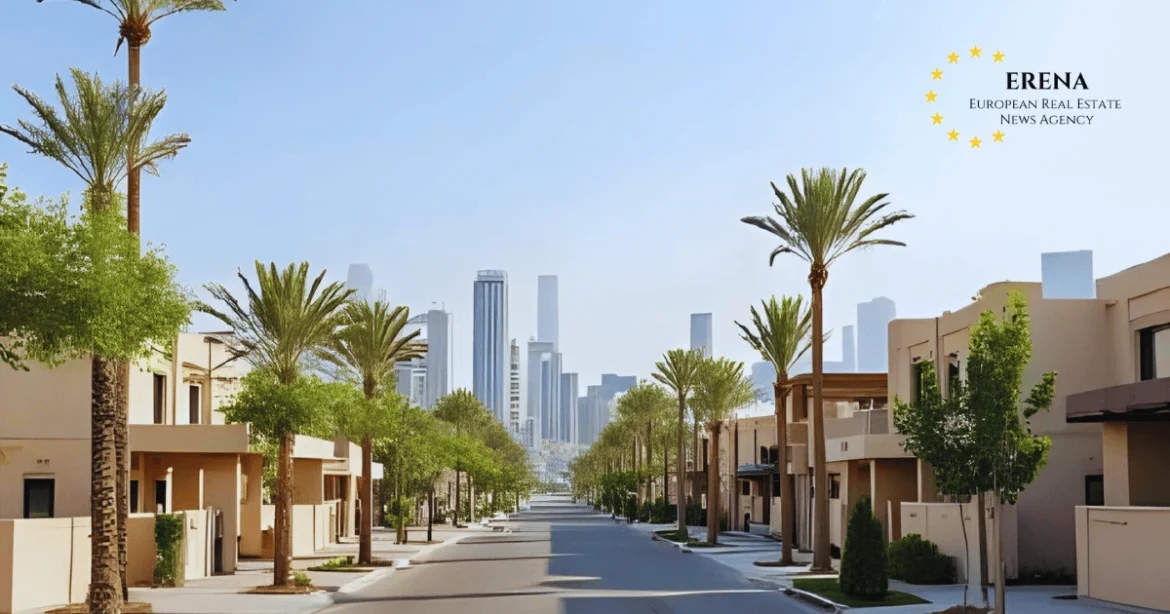Qatar is redefining the rules of Gulf real estate. Once seen as a closed market, Qatar is now asking global investors not just to buy in — but to belong. Qatar is expanding its property-ownership framework for foreign buyers in the country following Cabinet Decision No. 28 of 2020. Accordingly, these buyers will be offered an accelerated pathway to residency on the acquisition of property in Qatar.
Investors may be able to obtain residency through the purchase of a property, starting from roughly QAR 730,000 (≈ €187,000), which is among the lowest price points in the region.
This initiative is a bold move that positions Qatar in the Gulf’s competitive race for foreign investment.
A New Chapter After the World Cup
After the 2022 World Cup, the Qatari government faces a new challenge: after everything has been built, what do we do with it now? The metro lines, roads and waterfronts built for the tournament will set the tone for a different growth – one anchored on people, not projects.
Qatar is hoping to change short-term speculation into long-term confidence by linking real-estate ownership to residency and converting investors into residents and houses into homes.
How Qatar’s Property-Linked Residency Works
You can think of it as Qatar’s golden visa — only leaner and more straightforward. In Cabinet Decision No. 28 of 2020, which was expanded by the government recently in 2024, non-Qataris who buy real estate in approved freehold areas can obtain renewable or permanent residency.
A QAR 730,000 (≈ €187,000) apartment can qualify for a renewable residence permit. A QAR 3,650,000 property brings something closer to permanence. You also gain access to public healthcare, education, and simplified business privileges.
The message couldn’t be clearer – the more you invest, the more your roots sink into Qatar. As simple as that.
The system is coordinated by the Ministry of Interior (MOI) and the Real Estate Regulatory Authority (RERA). Title deeds and residency cards are available for buyers in approved areas like The Pearl-Qatar, West Bay Lagoon, and Lusail City within a few days depending on documents and project completion.
A Market Finding Its Rhythm
After several years of adjustment, Qatar’s property market is showing fresh vitality. In the second quarter of 2025, transactions of Qatar’s real estate reached QAR 8.9 billion, almost 30 percent more than a year earlier. Doha and Al Rayyan were the major contributors.
Freehold districts such as Lusail Marina, The Pearl, and West Bay Lagoon remain highly popular among foreign investors. The average price in these zones stands at between QAR 14,000 and 17,000 per m² (almost €3,600–4,400 per m²). Furthermore, rental yields average between 5 and 7 percent, depending on the project and occupancy level.
Most new buyers are coming from Europe and South Asia, hoping to receive rental returns and a foothold in the Gulf. Prominent developers, including United Development Company and Qatari Diar, are fast-tracking new phases of developments that meld together various elements including residential, leisure, and retail — drawing a global audience looking for both return and residence.
Competing in the Gulf’s Residency Race
Across the region, countries are competing for investors’ attention — if not literally, their passports. The UAE’s golden visa and Saudi Arabia’s premium residency are changing the narrative of what it means to settle in MENA. Qatar has a quieter, more focused and critically, cheaper approach.
The UAE golden visa starts at a minimum property value of €500,000. Qatar has an entry threshold of €187,000, which makes it the cheapest in the region while displaying adequate transparency standards and governance. The program is attractive not only for high-net-worth individuals but also for professionals, entrepreneurs, and families that desire stability and low entry cost.
Why It Matters Beyond Real Estate
This initiative is part of a larger story. That story is about a transition from a project-driven economy to a people-driven economy. By linking real-estate investment to residency, the country is supporting the objectives of Qatar National Vision 2030, which are diversification, sustainable growth as well as demographic balance.
In August last year, it was announced once again that foreigners would be allowed to be part of the plan. These individuals will not just be paying rent but taking an active part in the future of the country.
Opportunities and Watchpoints
For investors, the appeal is hard to miss. Few other Gulf markets offer what Qatar does: political stability, no income tax, and levels of infrastructure which can match Europe’s newest capitals. The modern transport system of the country, clean urban planning and investor-friendly regulations help create predictability in this emerging market which is rarer than diamonds.
Yet opportunity always comes with nuance. The program’s long-term credibility will hinge on the consistent regulation and clear parameters on the rules of valuation, resale and residency renewal. If these are kept clear, confidence will grow. But if population growth does not follow suit, oversupply in the luxury segment — especially in Lusail and The Pearl — might test yields in the years to come.
Despite this, Qatar’s methods are thoughtful and practical. Unlike other countries in the region that have been chasing scale, Doha seems intent on building something more steady. That is, a property market where ownership is not just a transaction but a long-term commitment.
The Bottom Line
Qatar’s property-residency program is not just a policy change; it is a sign of intent. The country is not shutting its doors or making grand gestures but opening the doors of opportunity.
Come, invest, and be part of a country that is redefining what Gulf ownership means. Many people are now seeing Qatar as a place worth visiting rather than a stopover.

